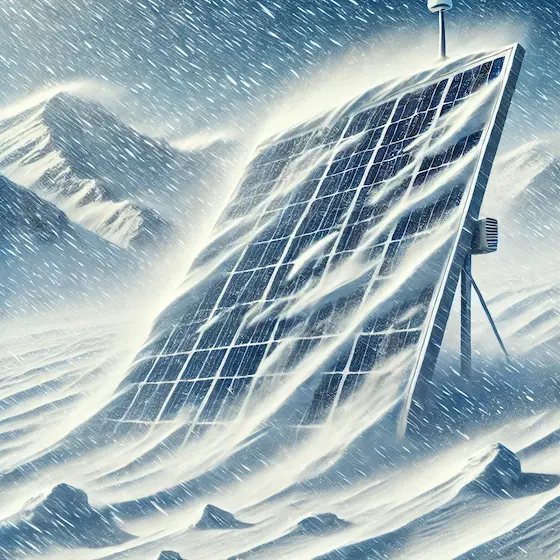Robust solar build-out and moderate development of other renewables. Green gas as winter-backup
Solar and hydro as main technologies
Almost 90% of generation 2050 will be solar and hydro
Hydrogen from solar surplus
Hydrogen is produced in summer to store energy for winter generation
Hydrogen/gas as winter backup
In winter, natural gas or hydrogen can power gas turbines
Solar build out
The solar capacity is increased seven-fold until 2050
PV: Rooftop, ground-mounted + alpine
Solar build-out makes use of all PV options
Low Import dependency
Import dependency decreases over time
Energy Mix Winter
Production
Demand
Production
2025
Total generation 32.4 TWh
2050
Total generation 41 TWh
Demand
2025
Total demand 35.9 TWh
2050
Total demand 42.5 TWh
2050 Winter
Transition Winter
The energy mix as we transition to 2050
Demand
Import
Import atget exceeded
PV
Wind
Hydro
Biomass
Gas
Nuclear
Fossil
2025 Winter
TWh
Demand
35.9
Generation
32.4
Deficit
--
Import 3.5
Import
3.5
Import atget exceeded
--
Generation
32.4
Storage reserve used
--
PV 2.7
PV Roof
2.4
PV Alpine
0.2
PV Ground
0.1
Wind
0.2
Hydro 15
Run-of-River
6.4
Storage
8.7
Biomass 1.4
Biomass
1.4
CCS Biomass
--
Gas --
Market-Gas
--
Reserve gas power plants
--
Geothermal
--
Nuclear 12.2
Nuclear
12.2
New nuclear
--
Fossil 0.9
Existing fossil fuel power plants
0.9
CCS Fossil Fuels
--
Hard coal
--
Challenges
Summer Surplus
If summer surplus cannot be exported, related revenues will be lost and overall energy bill for Switzerland will rise
Solar and hydro need winter addition
Gas power plants are necessary to secure winter supply
Open field solar needs space
Current Swiss regulation strongly limits spaces for ground mounted solar
Electricity surplus in Summer
Despite hydrogen production, the summer surplus might be too high to integrate into the system
How Resilient Is This Scenario? Put It to the Test!
The scenario above assumes normal weather and stable energy imports, but what happens when extreme conditions hit? A harsh winter or import limitations from the EU could impact production, increase demand, and even lead to power shortages. Stress-test your scenario under these challenging conditions and see how it holds up in the face of real-world uncertainties.

Costs
Total Costs, Revenues and Subsidies in CHF until 2050.
Total production costs
237 billion
Accumulated until 2050
Revenues
215 billion
Assuming an average power price of 75 CHF/MWn
Subsidies required
38 billion
Remaining costs not covered by revenues
Average cost
8.4 billion / year
The annual average of the total cost, 8.4 bn CHF per year, is less than 2% of the (estimated) Swiss GDP in 2024 (825 bn. CHF).
Levelized cost
We use Levelized costs of electricity (LCOE). Future costs may rise as cheaper plants are replaced. High demand and costly technologies like rooftop PV can further increase costs. See Expert Mode for details on technology costs.
2020s
2030s
2040s
Levelized cost (LCOE) ⌀ CHF/MWh
About the scenario developer

Jörg Grossen
Jörg Grossen ist der Präsident der Grünliberalen Partei (GLP) in der Schweiz, bekannt für pragmatische Lösungen zu Energie- und Klimafragen. Mit seinem Hintergrund als Ingenieur setzt er sich für Innovationen im Bereich der erneuerbaren Energien ein und für eine Balance zwischen ökologischer Nachhaltigkeit und wirtschaftlichem Wachstum.
Want to know more about this scenario?
Explore detailed energy data, customize generation parameters, and create your own energy
scenario with the expert mode
Show in expert mode We want your feedback!
We’re excited to be taking Power Switcher in a new direction and would love your feedback! Let us know what’s working and where we can improve, every suggestion helps us make the tool better for you.
Share feedback Got questions about the Power Switcher or the Scenarios?
Contact us on [email protected]
Contact us on [email protected]
Methodology reviewed by ETH Zürich